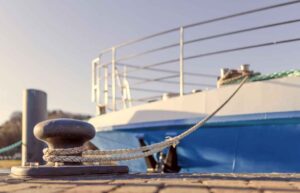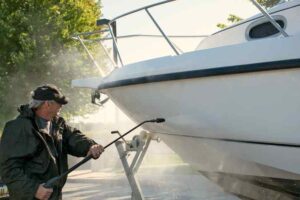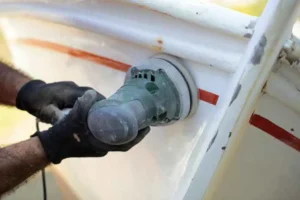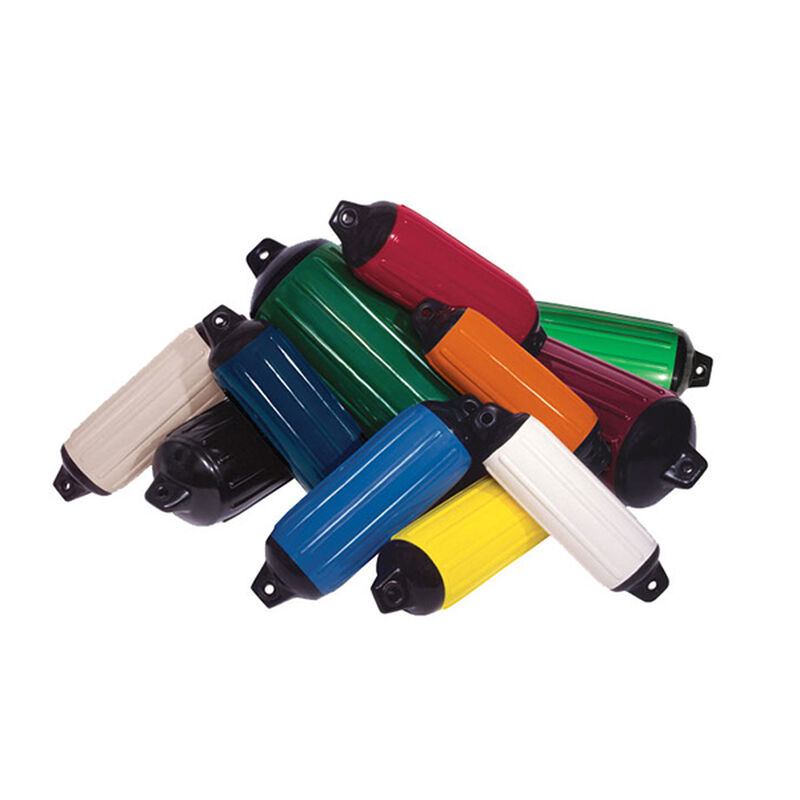
Owning a jet ski is all about enjoying the water with speed and convenience, but without the right jet ski docks, storing and protecting your watercraft can become a hassle. A floating jet ski dock is the ideal solution, offering an easy-to-use, durable, and low-maintenance docking system that keeps your jet ski safe and accessible.
Why Choose a Floating Jet Ski Dock?
Unlike traditional docking methods, a floating jet ski dock provides numerous advantages:
- Effortless Launching & Docking – Drive on and off smoothly with minimal effort.
- Protects Your Jet Ski: Keeping your jet ski out of the water prevents hull damage, corrosion, and algae buildup.
- Low Maintenance – Made from high-quality, weather-resistant materials, requiring little upkeep.
- Adaptable to Water Levels – It adjusts to changing water levels and conditions, making it perfect for lakes, rivers, and coastal areas.
- Customizable & Modular – Expand or modify your dock setup to fit multiple jet skis or integrate with an existing dock.
What to Look for in Jet Ski Docks
When choosing the right jet ski docks, consider these key features:
- Durable Material – High-density polyethylene (HDPE) or other UV-resistant materials ensure long-lasting performance.
- Weight Capacity – Ensure the dock supports your jet ski’s weight.
- Roller System – Smooth entry and exit with built-in rollers or a lift system.
- Ease of Installation – Modular designs allow for quick setup and expansion.

LOTO Lift: Premium Floating Jet Ski Docks
At LOTO Lift, we provide top-of-the-line jet ski docks engineered for durability, functionality, and ease of use. Whether you own one personal watercraft or multiple, our floating docks offer the perfect combination of protection and convenience. Designed for jet ski enthusiasts, our docking systems make launching and storing your watercraft effortless.
Final Thoughts
Investing in a high-quality jet ski dock is essential for protecting your watercraft and enhancing your overall experience. Floating jet ski docks provide superior protection, easy access, and adaptability to various water conditions. If you’re looking for the best docking solution, check out LOTO Lift’s floating jet ski docks today.

How to Winterize Your Jet Ski and Protect It for the Off-Season
As the boating season winds down, it’s essential for jet ski owners to prepare their personal watercraft (PWC) for the winter months. Proper winterization protects your investment and ensures your jet ski is ready to hit the water as soon as warmer weather returns. Here’s a quick guide to winterizing your jet ski and keeping

Boating and Fishing on Table Rock Lake: A Missouri Favorite
Near Branson, one of Missouri’s top attractions in the scenic Ozark Mountains, Table Rock Lake is one of the state’s premier destinations for boating and fishing enthusiasts. With its clear blue waters, over 800 miles of pristine shoreline, and abundant recreational opportunities, it’s no wonder Table Rock Lake is considered one of the top boating

Deciphering Nautical Terminology: What Is the Front of a Boat Called?
The nautical world is filled with specialized terminology that can be both fascinating and confusing for newcomers. One of the most basic yet essential pieces of vocabulary relates to the parts of a boat. Specifically, many people wonder what the front of the boat is called. This term is not only a piece of basic nautical knowledge

Exploring Grand Lake, Oklahoma: A Boater’s Paradise
Exploring Grand Lake, Oklahoma: A Boater’s Paradise Grand Lake O’ the Cherokees in Oklahoma, affectionately known as Grand Lake, is a premier destination for boating enthusiasts. Its vast expanse of water, scenic beauty, and diverse recreational opportunities make it a perfect spot for those seeking adventure or relaxation on the water. In this blog post,

Best Ways to Dock Boats on Freshwater Lakes
Docking a boat on a freshwater lake can be challenging, especially if you’re new to boating or docking in a busy area. But with some practice, most boat owners find it easy to dock the boats safely and efficiently. Here are a few tips for docking boats on freshwater lakes: Choose the right dock: Not all docks

Protecting the Bow of Your Boat
Protecting the bow of your boat is essential for smooth sailing and peace of mind. Learn how to choose the right material, install bow protection, and prevent damage from impacts and environmental factors. Regular maintenance and proper storage are key.


















